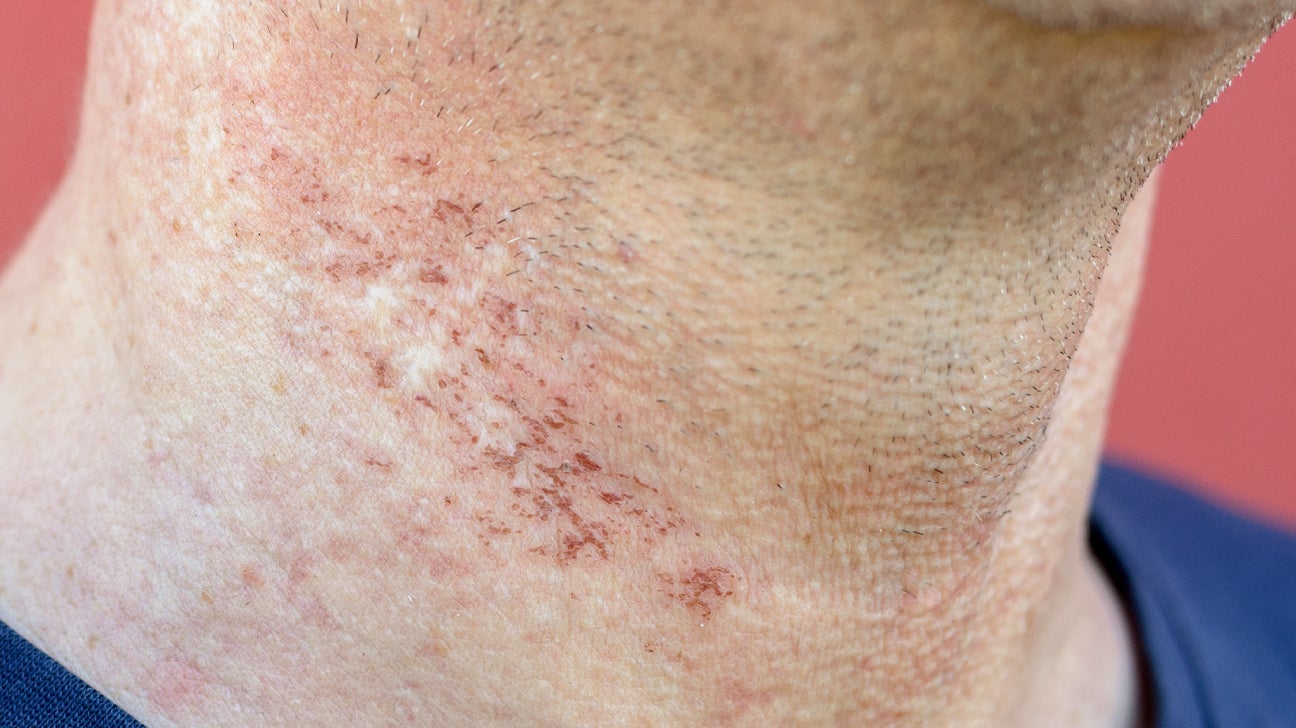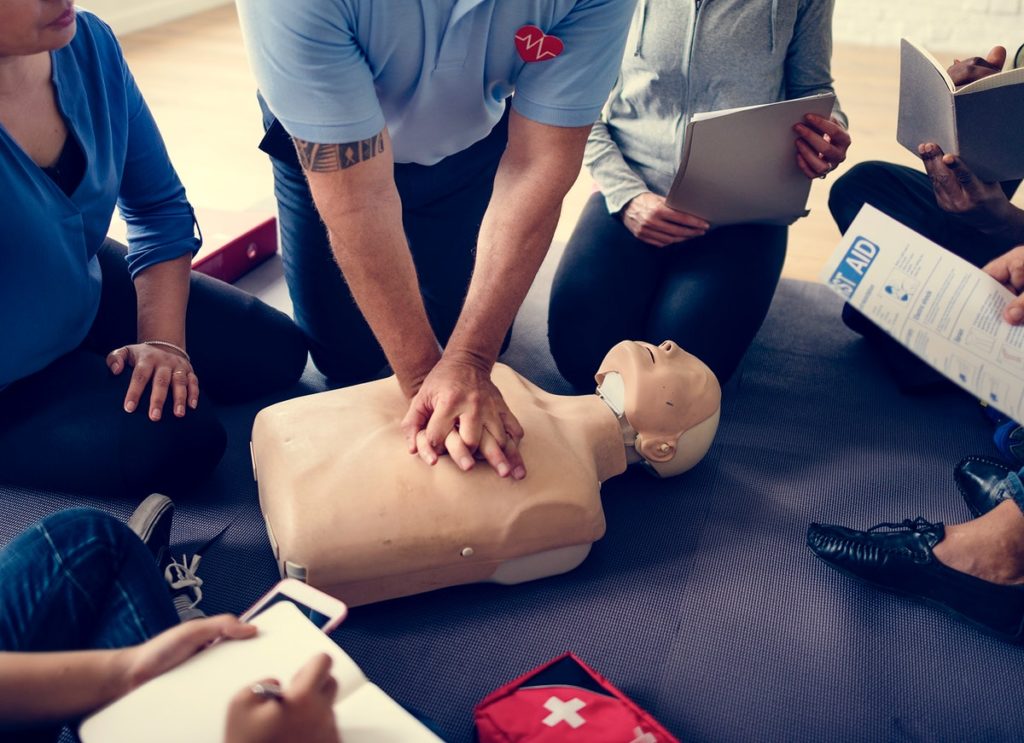You’ve identified a colleague who’s seriously injured. What does it mean? It’s time to start giving them some first aid relief.
But, do you know what really needs to be done?
Chemical Burns

Certain chemicals cause severe irritation or burns when they come in contact with the skin and eyes. Among the irritating substances in common use are acids, alkalis, turpentine, cleansing agents , lime and cement, petroleum products and some asphalt preparations. Immediate action should be taken to wash the affected area with large amounts of clean running water until medical assistance can be obtained. Putting salve, ointment or any other medication on the skin or in the eye is not recommended as a first-aid method, because it will obstruct the physician’s view of the damaged area. Besides, the presence of medication will make the physician’s cleansing of the part more painful than it would otherwise be.
Cold Injuries

Heat affects the skin surface and so does cold. Parts of the body that are the furthest from the heart – that is, the nose, ears, fingers and toes – are most frequently affected by what is known as frostbite. It was formerly believed best to warm frostbitten and frozen parts slowly. We know now, however, that the parts should be warmed quickly as long as they do not come in direct contact with heat.
The victim himself is usually not aware of the onset of frostbite. Hence, whenever people are out in the cold together, they should notice the color of one another’s ears and noses. If any of these parts have become grayish white, warming should start as soon as possible, if only with warm scarves and clothing. The frostbitten part should be immersed frequently at short intervals in warm water – if it is available – not exceeding 90 ° F to 100 ° F. If the victim’s entire body is affected, bring him into a warm room and wrap him in warm blankets. Give artificial respiration if he has stopped breathing. If water is available, immerse him in a tub of warm (78 degrees F to 82 degrees F) water – then dry his body thoroughly. When he revives, give him a hot drink.
More Common Emergencies
Heart Attack

About 10, 000, 000 people in the United States alone have heart disease of some kind. A great many of them are well acquainted with their condition and can be the first aider on what to do in the event of a heart attack. However, because there are large numbers of people whose first experience with a heart attack is sudden, the ability of the first aider to handle the situation well is important.
There are many kinds of heart attack, but the two most common are congestive heart failure and coronary thrombosis. In heart failure, the signs are shortness of breath, occasional bluish color of the lips and fingernails and swelling of the ankles. The symptoms are chest pain and extreme fright. In coronary thrombosis, the signs are quite often negligible. Since the symptoms are indigestion and nausea, the illness is often mistaken by friends and first aiders for simple indigestion and upset stomach.
In all cases where heart attack is suspected, you should first reassure the victim with encouraging words. Then allow him to select the position he finds most comfortable. He may either lie on his back or be propped up at any comfortable angle that gives some relief. Except for these two services, the first aider’s main responsibility is to see that the victim gets medical attention. If he is taken to the hospital by ambulance or other vehicle, the driver should be instructed to drive slowly.
There, there, we are nearly reaching the end of this series. One more to go and you’ll be a pro at delivering first aid relief.


